Detailed introduction to Batis
本篇文章主要介绍了MyBatis+MySQL 返回插入的主键ID的方法,具有一定的参考价值,感兴趣的小伙伴们可以参考一下。需求:使用MyBatis往MySQL数据库中插入一条记录后,需要返回该条记录的自增主键值。方法:在mapper中指定keyProperty属性,示例如下:
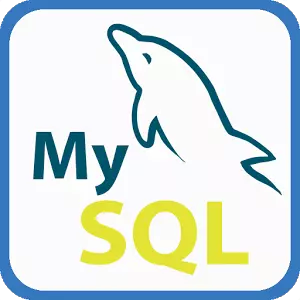
简介:本篇文章主要介绍了MyBatis+MySQL 返回插入的主键ID的方法,具有一定的参考价值,感兴趣的小伙伴们可以参考一下。需求:使用MyBatis往MySQL数据库中插入一条记录后,需要返回该条记录的自增主键值。方法:在mapper中指定keyProperty属性,示例如下:<insert id="insertAndGetId" useGenerate...
2. MyBatis出现数据库字段和实体bean中属性不一致时处理方法
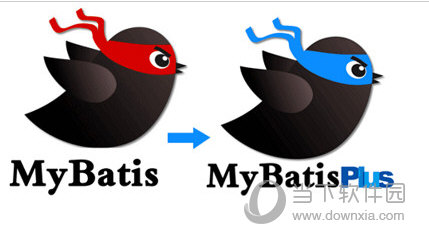
简介:这篇文章主要介绍了MyBatis入门之增删改查+数据库字段和实体字段不一致问题处理方法,需要的朋友可以参考下

简介:这篇文章主要介绍了mybatis教程之查询缓存(一级缓存二级缓存和整合ehcache),具有一定的参考价值,感兴趣的小伙伴们可以参考一下
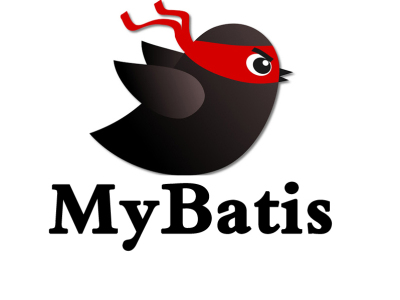
简介:本篇文章主要介绍了mybatis教程之延迟加载详解。详细介绍了延迟加载的意义和用法实现,有兴趣的可以了解一下

简介:这篇文章主要介绍了Spring mvc整合mybatis(crud+分页插件)操作mysql的步骤详解,需要的朋友可以参考下

简介:这篇文章主要介绍了SpringBoot Mybatis Plus公共字段自动填充功能的相关资料,需要的朋友可以参考下
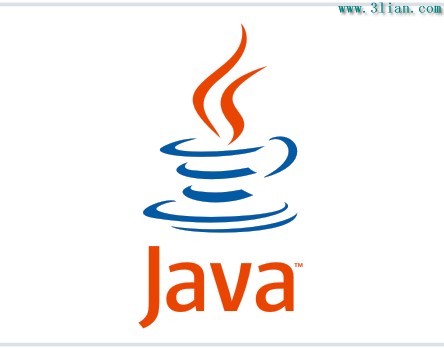
简介:这篇文章主要介绍了springmvc与mybatis实例详解的相关资料,非常不错,具有参考借鉴价值,需要的朋友可以参考下
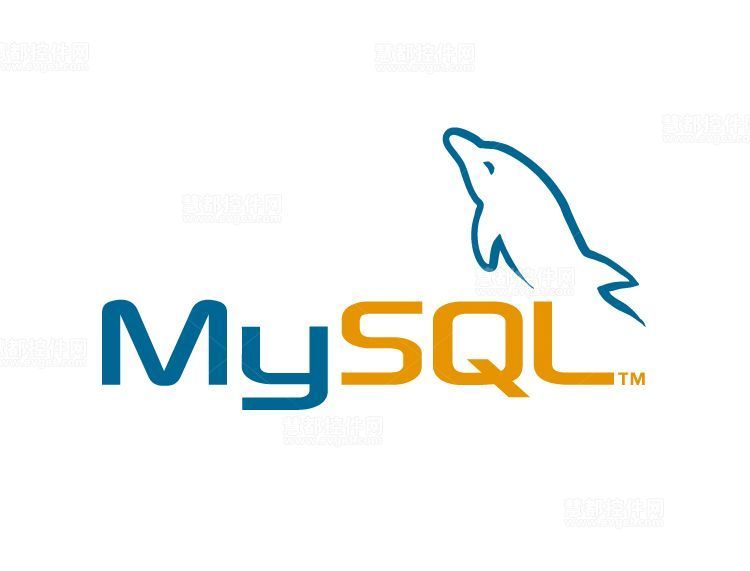
Introduction: This article mainly introduces the method of MyBatis+MySQL to return the inserted primary key ID. It has certain reference value. Interested friends can refer to it.
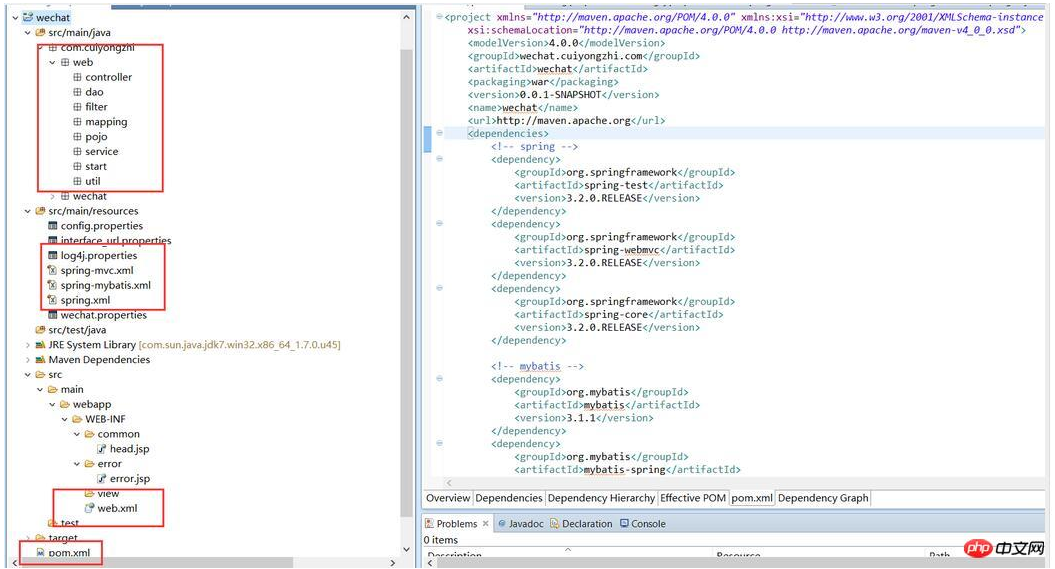
Introduction: This article mainly introduces in detail the second step of WeChat development preparation, the construction of springmvc and mybatis project structure, which has certain reference value. Interested friends can refer to it.
10. Detailed explanation of Spring, Spring MVC, MyBatis integration file configuration
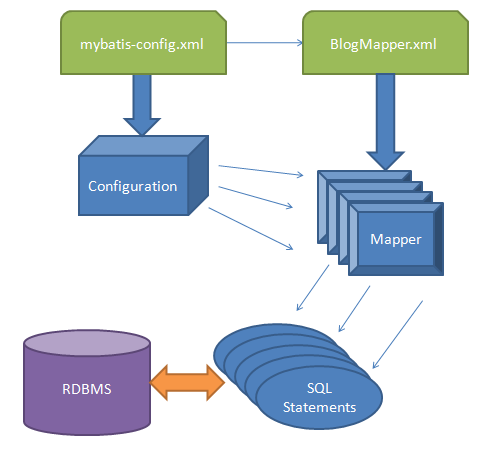
Introduction:
[Related Q&A recommendations]:
java - How does the Maven project read the resources configuration file?
java - mybatis this method unit test, always error
java - Can mybatis be saved and updated in cascade?
java - Spring's use of @Autowired fails but getBean() can be executed successfully
The above is the detailed content of Detailed introduction to Batis. For more information, please follow other related articles on the PHP Chinese website!

Hot AI Tools

Undresser.AI Undress
AI-powered app for creating realistic nude photos

AI Clothes Remover
Online AI tool for removing clothes from photos.

Undress AI Tool
Undress images for free

Clothoff.io
AI clothes remover

Video Face Swap
Swap faces in any video effortlessly with our completely free AI face swap tool!

Hot Article

Hot Tools

Notepad++7.3.1
Easy-to-use and free code editor

SublimeText3 Chinese version
Chinese version, very easy to use

Zend Studio 13.0.1
Powerful PHP integrated development environment

Dreamweaver CS6
Visual web development tools

SublimeText3 Mac version
God-level code editing software (SublimeText3)

Hot Topics
 When might a full table scan be faster than using an index in MySQL?
Apr 09, 2025 am 12:05 AM
When might a full table scan be faster than using an index in MySQL?
Apr 09, 2025 am 12:05 AM
Full table scanning may be faster in MySQL than using indexes. Specific cases include: 1) the data volume is small; 2) when the query returns a large amount of data; 3) when the index column is not highly selective; 4) when the complex query. By analyzing query plans, optimizing indexes, avoiding over-index and regularly maintaining tables, you can make the best choices in practical applications.
 Can I install mysql on Windows 7
Apr 08, 2025 pm 03:21 PM
Can I install mysql on Windows 7
Apr 08, 2025 pm 03:21 PM
Yes, MySQL can be installed on Windows 7, and although Microsoft has stopped supporting Windows 7, MySQL is still compatible with it. However, the following points should be noted during the installation process: Download the MySQL installer for Windows. Select the appropriate version of MySQL (community or enterprise). Select the appropriate installation directory and character set during the installation process. Set the root user password and keep it properly. Connect to the database for testing. Note the compatibility and security issues on Windows 7, and it is recommended to upgrade to a supported operating system.
 MySQL: Simple Concepts for Easy Learning
Apr 10, 2025 am 09:29 AM
MySQL: Simple Concepts for Easy Learning
Apr 10, 2025 am 09:29 AM
MySQL is an open source relational database management system. 1) Create database and tables: Use the CREATEDATABASE and CREATETABLE commands. 2) Basic operations: INSERT, UPDATE, DELETE and SELECT. 3) Advanced operations: JOIN, subquery and transaction processing. 4) Debugging skills: Check syntax, data type and permissions. 5) Optimization suggestions: Use indexes, avoid SELECT* and use transactions.
 Can mysql and mariadb coexist
Apr 08, 2025 pm 02:27 PM
Can mysql and mariadb coexist
Apr 08, 2025 pm 02:27 PM
MySQL and MariaDB can coexist, but need to be configured with caution. The key is to allocate different port numbers and data directories to each database, and adjust parameters such as memory allocation and cache size. Connection pooling, application configuration, and version differences also need to be considered and need to be carefully tested and planned to avoid pitfalls. Running two databases simultaneously can cause performance problems in situations where resources are limited.
 The relationship between mysql user and database
Apr 08, 2025 pm 07:15 PM
The relationship between mysql user and database
Apr 08, 2025 pm 07:15 PM
In MySQL database, the relationship between the user and the database is defined by permissions and tables. The user has a username and password to access the database. Permissions are granted through the GRANT command, while the table is created by the CREATE TABLE command. To establish a relationship between a user and a database, you need to create a database, create a user, and then grant permissions.
 RDS MySQL integration with Redshift zero ETL
Apr 08, 2025 pm 07:06 PM
RDS MySQL integration with Redshift zero ETL
Apr 08, 2025 pm 07:06 PM
Data Integration Simplification: AmazonRDSMySQL and Redshift's zero ETL integration Efficient data integration is at the heart of a data-driven organization. Traditional ETL (extract, convert, load) processes are complex and time-consuming, especially when integrating databases (such as AmazonRDSMySQL) with data warehouses (such as Redshift). However, AWS provides zero ETL integration solutions that have completely changed this situation, providing a simplified, near-real-time solution for data migration from RDSMySQL to Redshift. This article will dive into RDSMySQL zero ETL integration with Redshift, explaining how it works and the advantages it brings to data engineers and developers.
 Laravel Eloquent ORM in Bangla partial model search)
Apr 08, 2025 pm 02:06 PM
Laravel Eloquent ORM in Bangla partial model search)
Apr 08, 2025 pm 02:06 PM
LaravelEloquent Model Retrieval: Easily obtaining database data EloquentORM provides a concise and easy-to-understand way to operate the database. This article will introduce various Eloquent model search techniques in detail to help you obtain data from the database efficiently. 1. Get all records. Use the all() method to get all records in the database table: useApp\Models\Post;$posts=Post::all(); This will return a collection. You can access data using foreach loop or other collection methods: foreach($postsas$post){echo$post->
 MySQL: The Ease of Data Management for Beginners
Apr 09, 2025 am 12:07 AM
MySQL: The Ease of Data Management for Beginners
Apr 09, 2025 am 12:07 AM
MySQL is suitable for beginners because it is simple to install, powerful and easy to manage data. 1. Simple installation and configuration, suitable for a variety of operating systems. 2. Support basic operations such as creating databases and tables, inserting, querying, updating and deleting data. 3. Provide advanced functions such as JOIN operations and subqueries. 4. Performance can be improved through indexing, query optimization and table partitioning. 5. Support backup, recovery and security measures to ensure data security and consistency.






